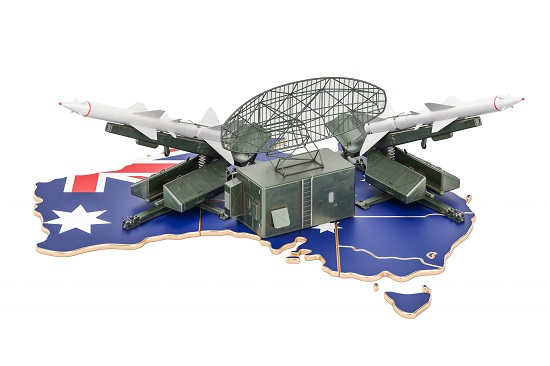Raytheon, Lockheed Martin at the pointy end of Guided Weapons and Explosive Ordnance Enterprise
by ANZDD on 10-Feb-2022

The Morrison government is poised to pick US defence giants Raytheon and Lockheed Martin to lead the development of a local missile industry, as part of a series of big ticket national security-related announcements ahead of the next federal election.
Multiple defence industry sources anticipate an announcement shortly, but the unresolved question is which type of business model will be established to enable production of the missiles locally. The key consideration is that the intellectual property associated with the missiles is owned in the US.
The government is also expected to name the winning tender for its armoured personnel carrier contract, a deal worth up to $27 billion, with sources saying defence officials had recommended the German Rheinmetall design.
The government has committed $1 billion to quickly establish the
“sovereign guided weapons enterprise” to lock in a supply of locally made missiles, as well as create manufacturing jobs in the defence industry.
Raytheon and Lockheed Martin are the major missile suppliers to the Australian Defence Force, so naming them as strategic partners is unsurprising. Raytheon already supplies about 80 per cent of the ADF’s missiles, including the SM-2 (standard missile) carried by warships and the Sidewinder fitted on Super Hornet fighter jets.
The ADF has placed large orders for Lockheed Martin’s Hellfire missile and Long range Anti Ship Missiles.
However, industry sources said the major stumbling block remained the transfer of US intellectual property to Australia. Although the White House and Congress are broadly supportive, it will only happen if the US is assured their companies can keep a tight rein on it.
That complicates what role two local consortiums, the Australian Missile Corporation and Sovereign Missile Alliance, could have in the project. Both consortiums were created for the sovereign missile enterprise.
Sources said Defence and the government swung between allowing the consortiums access, mindful of the need to support local industry, versus the desire to get the best technology.
Defence Minister Peter Dutton was said to be in favour of getting the most capable weapons as quickly as possible, even if that came at the expense of local involvement, in light of the deteriorating strategic circumstances.
It is expected both American companies will argue they need to be in charge of final assembly of their missiles. One suggestion has been a government-owned common facility to assemble both companies’ missiles, although that could meet resistance.
“If Defence gets its hands too dirty into dictating a supply chain, they might well be unwilling to transfer their IP,” one industry source said.
Another source said the US government was more likely to allow the transfer of intellectual property to the Australian subsidiaries of US defence companies.
It’s not just about Australia. This is a second source of supply for the US. It’s about making weapons for the alliance,” the second source said.
The Department of Defence refused to answer a series of questions on the missile project, saying simply in a statement: “the Government will make announcements in due course about industry partnerships for the Guided Weapons and Explosive Ordnance Enterprise”.
Source: Andrew Tillett, Australian Financial Review







